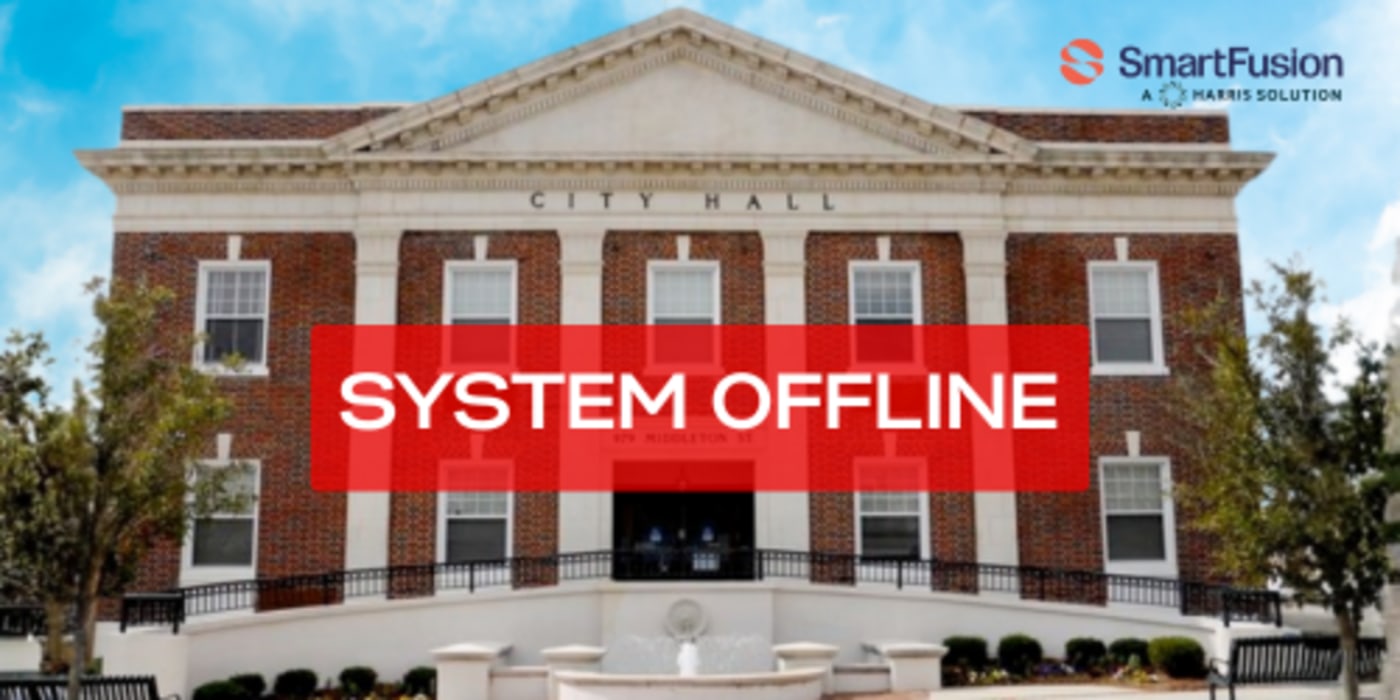Back to Resources
Ransomware Attacks Are Hitting Local Governments Hard
Blog
November 19, 2025

Ransomware Attacks Are Hitting Local Governments Hard
Public agencies are responsible for essential services: 911 dispatch, utilities, schools, courts and more. When ransomware strikes, the damage is not only financial, it also interrupts the services that people rely on each day.
This is a problem that will not fix itself. It takes attention, teamwork and plain effort. SmartFusion remains committed to helping local governments maintain stable and reliable operations, especially when the challenges grow larger.
A recent report from KnowBe4 highlights how many local government agencies are struggling to defend themselves against a steep rise in ransomware attacks. These public agencies often have limited staff, tight budgets and aging technology, which leaves them open to serious risks.
Limited Staff, Rising Threats
State, local, tribal and territorial (SLTT) governments were the third most common targets for ransomware attacks last year. Over 80 percent of these agencies have fewer than five full-time cybersecurity staff. Some have no dedicated staff at all.
The Multi-State Information Sharing and Analysis Center (MS-ISAC) reported a 313 percent increase in incident reports during 2022. These numbers reflect the growing pressure public agencies are under.
The Human Factor
Many of these attacks begin with a simple mistake. Phishing emails and social engineering tactics continue to be the most common ways attackers gain access. The report states that 70 to 90 percent of incidents are caused by human error.
Training can make a measurable difference. According to KnowBe4, public organizations that invested in a full year of employee awareness training saw the average phishing risk drop from 33 percent to just 4 percent.
Costs Continue to Climb
The financial consequences are serious. Between 2018 and late 2024, the average ransom payment was $872,656. Total reported losses exceeded $1.09 billion.
Lazaro Elias a Sales Executive with SmartFusion commented:
“A surge in ransomware attacks is alarming within the local government space, with total cost exceeding $1.09 billion.”
At the same time, federal support is shrinking. The Center for Internet Security (CIS), which plays a key role in coordinating information and support, recently experienced a $10 million funding cut.
What Local Governments Can Do
Many public agencies will not have the capacity to hire large teams or rebuild their infrastructure overnight. But practical steps can still be taken:
Provide regular and clear training to staff so they can spot phishing attempts.
Use basic layers of protection including backups, software patches and endpoint monitoring.
Create a response plan so that when an incident occurs, the team knows what to do and who to contact.
Work with vendors and partners who understand public sector needs and can offer consistent support.
When threats grow and resources stay tight, local governments deserve partners who stand with them. The work is never simple, yet steady preparation and the right support can protect vital services from needless disruption. SmartFusion continues to focus on helping public agencies maintain dependable operations, strengthening the foundation they rely on each day. With clear training, sensible safeguards and a commitment to shared responsibility, communities can face these challenges with confidence and keep essential services moving forward.
